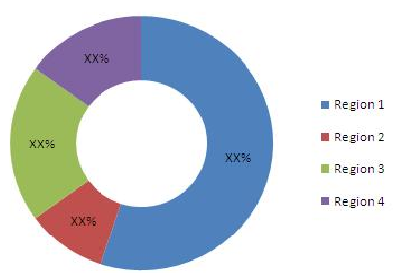What is Polyurethane Foam?
Polyurethane is a polymer which is composed of a chain of organic units joined by carbamate (An organic compound derived from carbamic acid -NH2COOH ) links.
Polyurethane products has an alternative name they are also called as “urethanes”, but they should not be interchanged with ethyl carbamate, which is also called urethane because Polyurethanes neither contain nor are produced from ethyl carbamate.
Polyurethane products has an alternative name they are also called as “urethanes”, but they should not be interchanged with ethyl carbamate, which is also called urethane because Polyurethanes neither contain nor are produced from ethyl carbamate.
Polyurethane can be formed in different density products...
- Low-density flexible foam used in upholstery, bedding, and automotive and truck seating
- Low-density rigid foam used for thermal insulation and RTM cores
- Soft solid elastomers used for gel pads and print rollers
- Low density elastomers used in footwear
- Hard solid plastics used as electronic instrument bezels and structural parts
- Flexible plastics used as straps and bands
Polyurethane foams can be categorised into either rigid or flexible foams type.Flexible polyurethane foam is widely used in bedding and upholstery, while the more rigid polyurethane variety is used for thermal insulation and in automobile dashboards.
Rigid polyurethane foam has different applications in construction. Different kinds of odd and detailed shapes such as sculptures and domed ceilings are easily made from the polyurethane foam than with wood.
Rigid polyurethane foam has different applications in construction. Different kinds of odd and detailed shapes such as sculptures and domed ceilings are easily made from the polyurethane foam than with wood.
Applications of Polyurethane Foams Market
Polyurethane foam is widely used in high resiliency flexible foam seating, rigid foam insulation panels, micro cellular foam seals and gaskets, durable elastomeric wheels and tires, automotive suspension bushings, electrical potting compounds, seals, gaskets, carpet underlay, and hard plastic parts (such as for electronic instruments).
Advantages of Polyurethane Foams
1) wide range of hardness and rigidity.
2) Tear resistance
3) has good electrical insulating properties.
4) has high load bearing capacity.
2) Tear resistance
3) has good electrical insulating properties.
4) has high load bearing capacity.
Disadvantages of Polyurethane Foams
1) Less Durability: Life span of polyurethane products is very less because the products have hydroscopic tendencies i.e. they absorb water and looses the quality.
2) Odour: Polyurethane products emits odours and fumes but this is not noticeable.
3) Health Problems: There are many applications in which Polyurethane is widely used such as bedding, building insulation, footwear and paints.
4) Environmental Issues: the polyurethane products emit toxic odour which is not good for the environment, hence it have some environmental issues.
2) Odour: Polyurethane products emits odours and fumes but this is not noticeable.
3) Health Problems: There are many applications in which Polyurethane is widely used such as bedding, building insulation, footwear and paints.
4) Environmental Issues: the polyurethane products emit toxic odour which is not good for the environment, hence it have some environmental issues.
Polyurethane Foams Market
The global Polyurethane Foams Market’s revenue was estimated to be worth $40.1 billion in 2012, which is expected to reach $61.9 billion by 2018, growing at a Compound Annual Growth Rate of 6.9% from 2013 to 2018.
 |
| Polyurethane Foams: Market Share (Revenue), By Geography, 2012 |
For more details on Polyurethane Foams Market: Click Here





